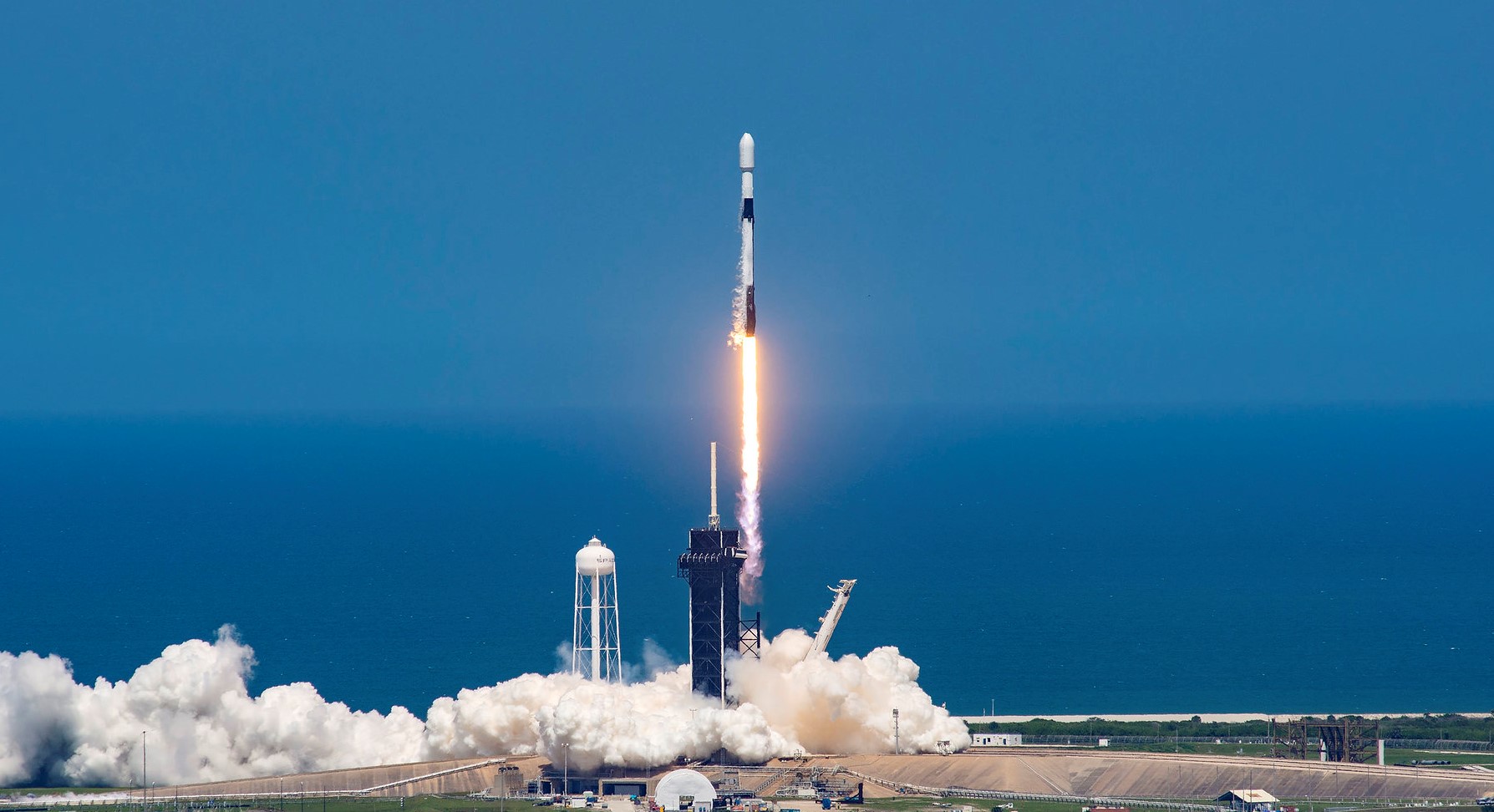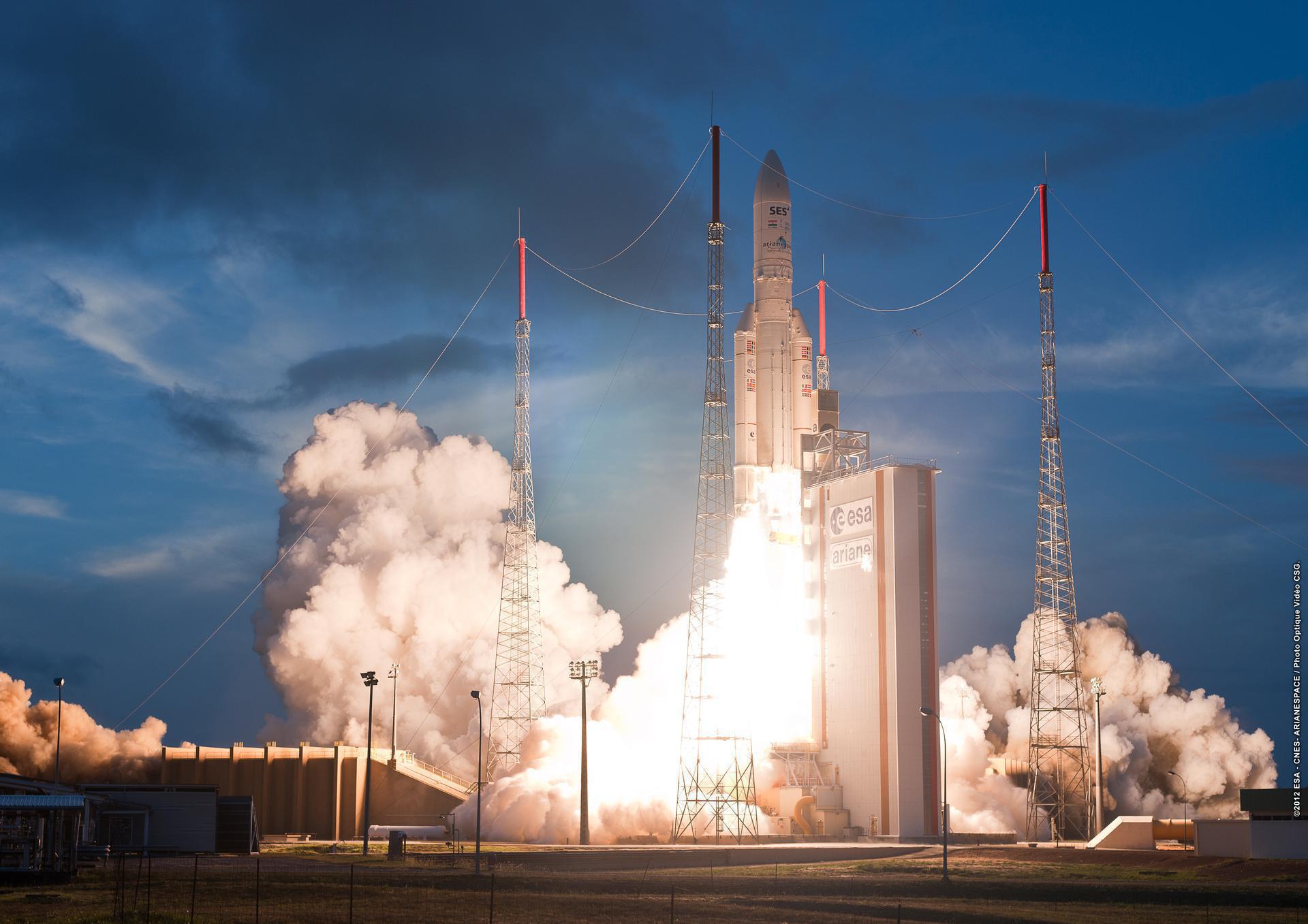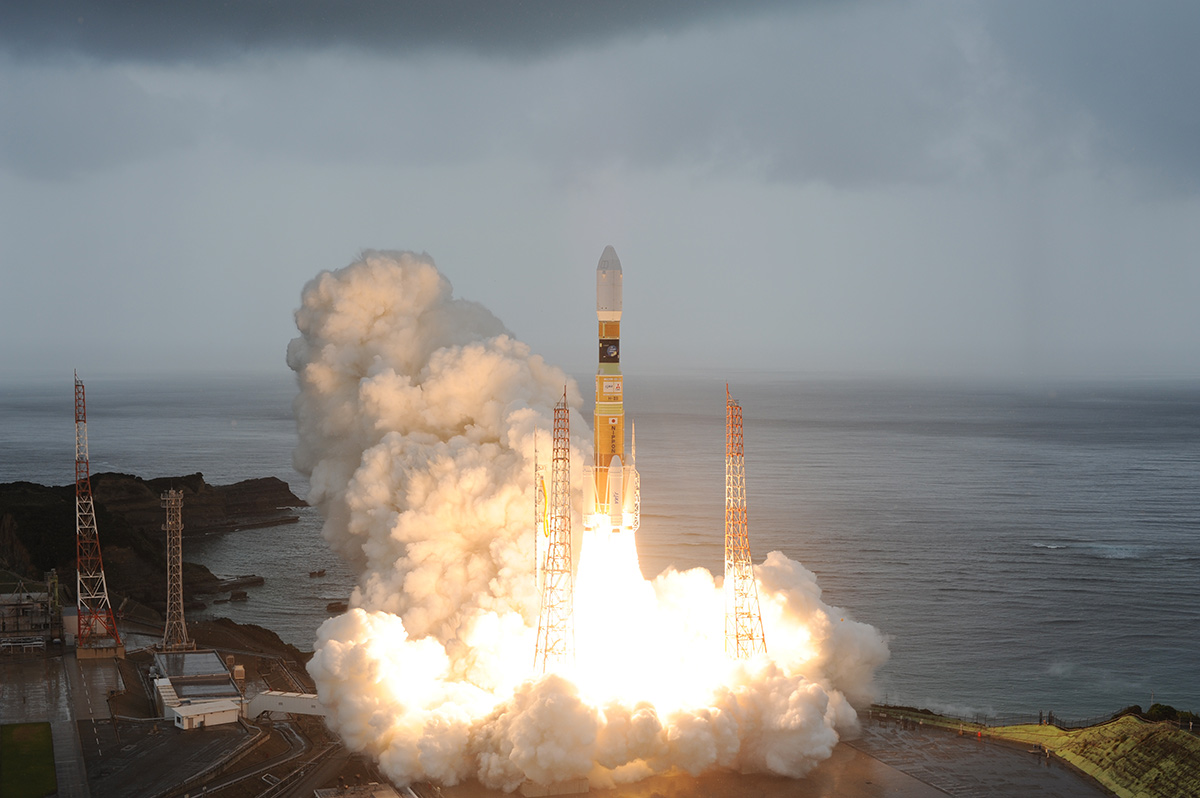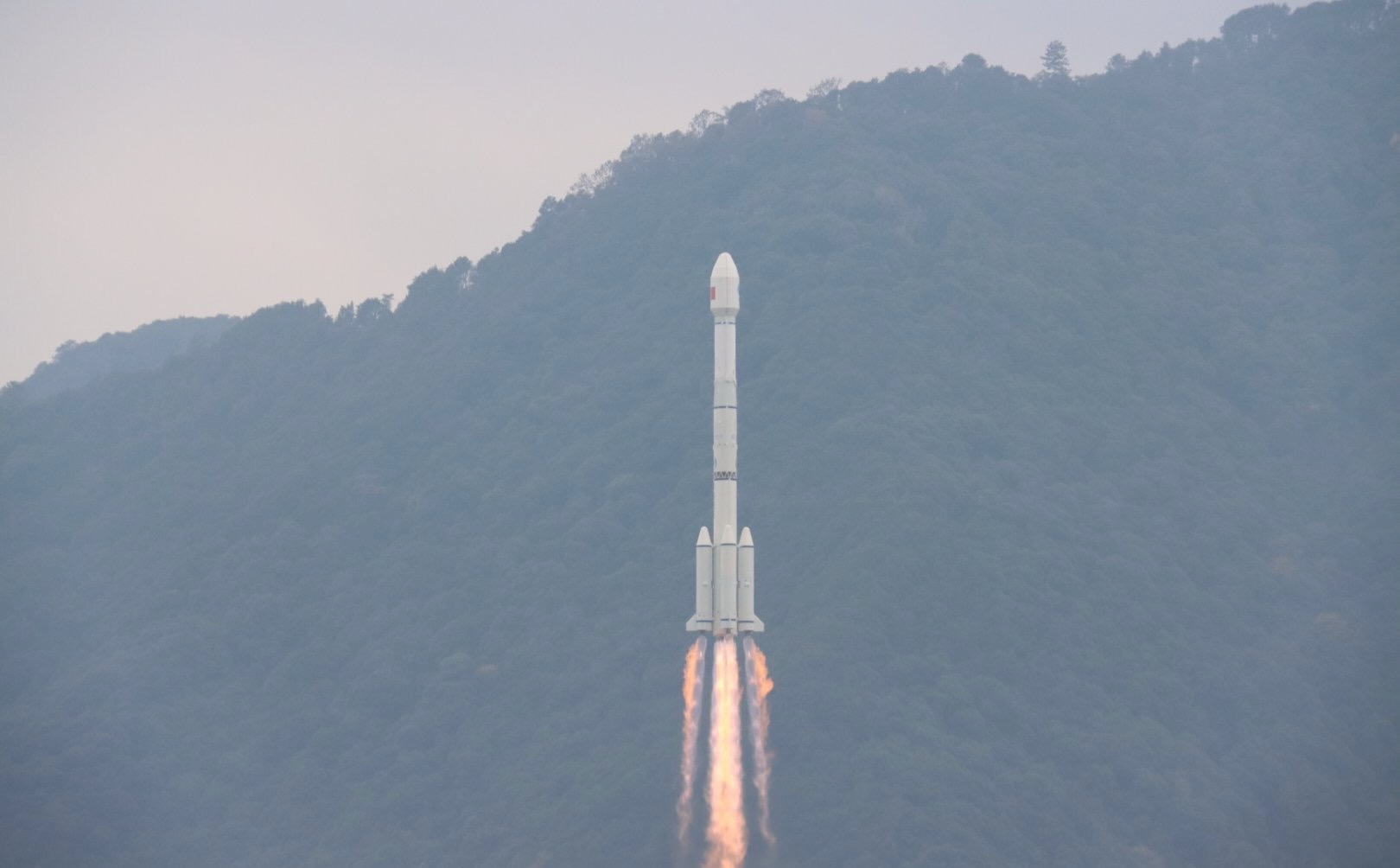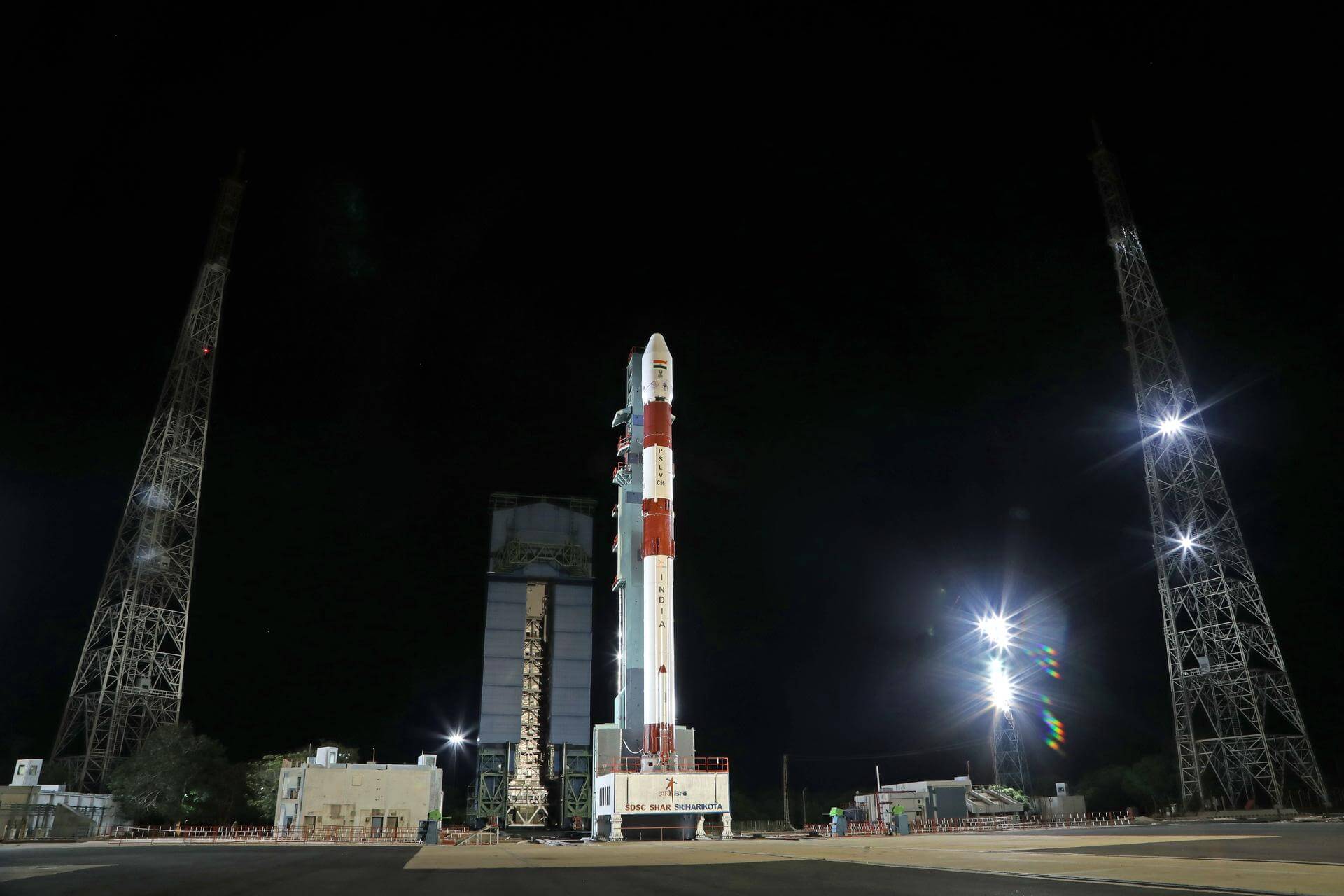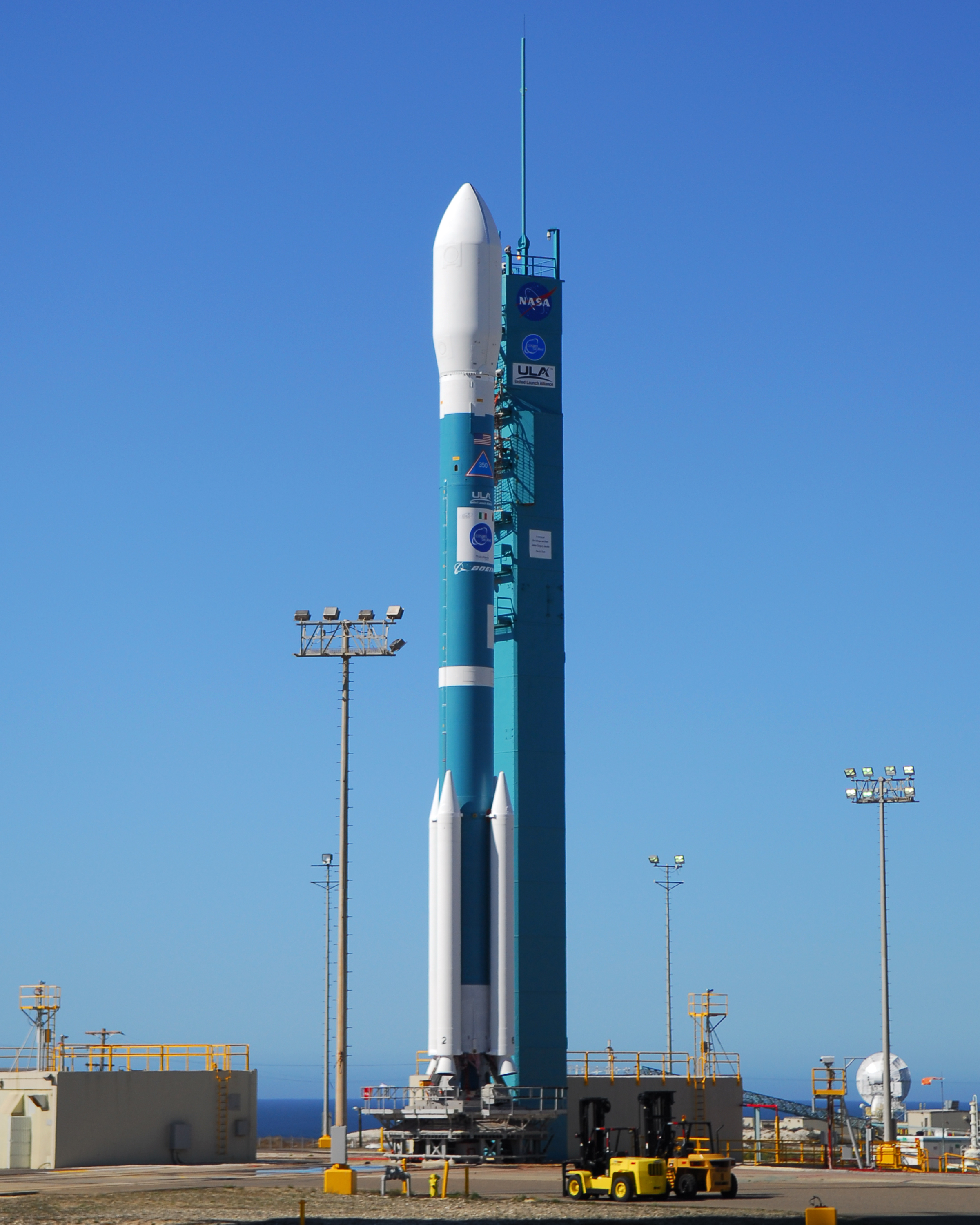Previous Spaceflight Launches
Filter by Agency, Locations or Vehicles
Show All LaunchesSoyuz-FG | Soyuz MS-10
Progress Rocket Space Center | RussiaBaikonur Cosmodrome, Republic of Kazakhstan
Oct. 11, 2018, 8:40 a.m.
Status: Launch Failure
Mission:
Soyuz MS-10 was expected to begin expedition 57 by carrying Roscosmos cosmonaut Alexey Ovchinin and NASA astronaut Nick Hague to the International Space Station. However a launch failure occurred resulting in a loss of vehicle during flight, both crew members returned to Earth nominally.
Low Earth Orbit #SoyuzMS10Long March 2C/YZ-1S | Yaogan-32-01
China Aerospace Science and Technology Corporation | ChinaJiuquan Satellite Launch Center, People's Republic of China
Oct. 9, 2018, 2:43 a.m.
Falcon 9 Block 5 | SAOCOM 1A
SpaceX | United States of AmericaVandenberg SFB, CA, USA
Oct. 8, 2018, 2:21 a.m.
Status: Launch Successful
Mission:
The SAOCOM 1A spacecraft is the first of the two SAOCOM constellation satellites. It is tasked with hydrology and land observaion, and will also operate jointly with the Italian COSMO-SkyMed constellation in X-band to provide frequent information relevant for emergency management.
Sun-Synchronous Orbit #SAOCOM1A B1048 - Flight Proven ( ) Landing Zone 4Kuaizhou 1A | Centispace-1-S1
ExPace | ChinaJiuquan Satellite Launch Center, People's Republic of China
Sept. 29, 2018, 4:13 a.m.
Ariane 5 ECA | Azerspace-2/Intelsat-38 & Horizons 3e
ArianeGroup | FranceGuiana Space Centre, French Guiana
Sept. 25, 2018, 10:38 p.m.
Status: Launch Successful
Mission:
Azercosmos-2/Intelsat-38 is a geostationary telecommunications satellite. As the name suggests, satellite will be used jointly by Azercosmos and Intelsat. Horizons-3e, also known as IS-H3e, is a high throughput geostationary communications satellite ordered by Horizons Satellite, a joint venture of Intelsat and SKY Perfect JSAT Group. The spacecraft is designed and manufactured by Boeing on the Boeing-702MP platform.
Geostationary Transfer Orbit #VA243H-IIB 304 | Kounotori 7 (HTV-7)
Mitsubishi Heavy Industries | JapanTanegashima Space Center, Japan
Sept. 22, 2018, 5:52 p.m.
Long March 3B / YZ-1 | Beidou-3 M13 & M14
China Aerospace Science and Technology Corporation | ChinaXichang Satellite Launch Center, People's Republic of China
Sept. 19, 2018, 2:07 p.m.
PSLV-CA | SSTL-S1 & NovaSAR-S
Indian Space Research Organization | IndiaSatish Dhawan Space Centre, India
Sept. 16, 2018, 4:38 p.m.
Status: Launch Successful
Mission:
The NovaSAR-S spacecraft carries a radar imaging instrument, and the mission was developed in partnership between the British government and the British satellite manufacturer SSTL. The SSTL-S1 satellite, also built by SSTL, is a high-resolution optical Earth observation satellite identical to three DMC3/TripleSat reconnaissance craft launched in 2015. Beijing-based 21AT will lease imaging capacity on the SSTL-S1 satellite. There are also several secondary payloads.
Sun-Synchronous Orbit #PSLVC42Delta II 7420-10 | ICESat-2
United Launch Alliance | United States of AmericaVandenberg SFB, CA, USA
Sept. 15, 2018, 1:02 p.m.
Falcon 9 Block 5 | Telstar 18 VANTAGE
SpaceX | United States of AmericaCape Canaveral SFS, FL, USA
Sept. 10, 2018, 4:45 a.m.
Status: Launch Successful
Mission:
Telstar 18 VANTAGE, or Telstar 18V, is a communications satellite built by Space Systems Loral for the canadian satellite operator Telesat. The satellite is to provide coverage to the Asia Pacific region.
Geostationary Transfer Orbit B1049 - Maiden Flight Of Course I Still Love You

